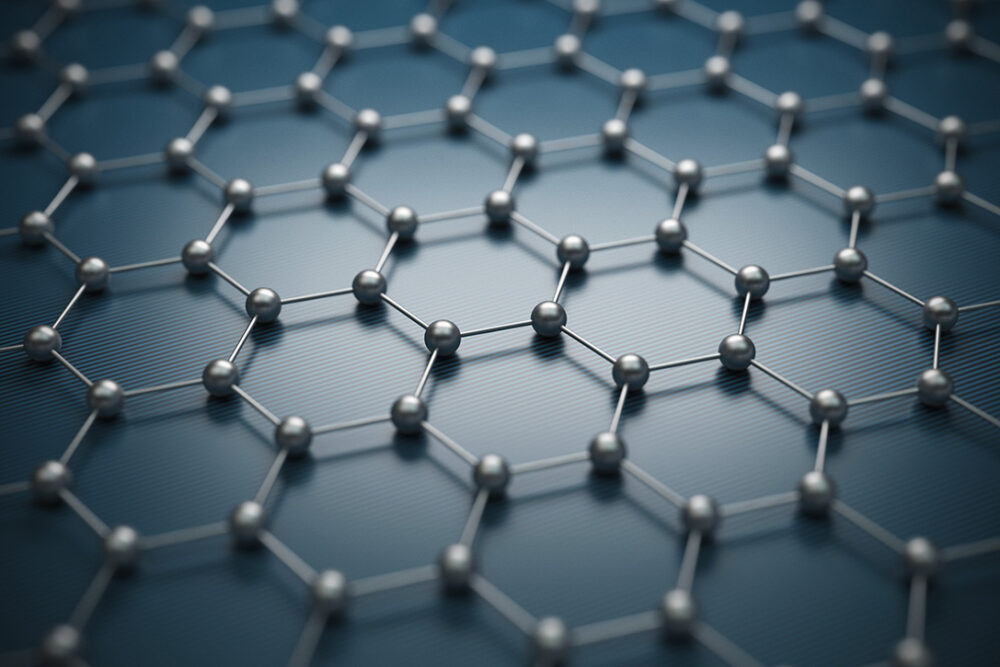The advent of graphene, heralded as a material with extraordinary properties, has ignited a fervor within the scientific and technological communities. As we envisage a juncture where graphene permeates the realm of computing, it is paramount to understand both its formidable capabilities and the intricate challenges that lie ahead. This exploration seeks to elucidate the prospective timeline for graphene’s integration into computer technology, while concurrently unveiling the transformative promise that this remarkable substance may hold for the future of electronics.
Graphene, a single layer of carbon atoms arranged in a two-dimensional honeycomb lattice, exhibits a plethora of exceptional characteristics. Its mechanical strength is reported to be approximately 200 times greater than steel, while maintaining remarkable flexibility. Electrical conductivity in graphene is another compelling attribute, as it allows for the transmission of electrons at unprecedented speeds, surpassing that of traditional semiconductors. The implications of such properties are profound, potentially catalyzing a revolution in computing paradigms.
As researchers and technologists probe the depths of graphene’s utility, the question arises: When can we anticipate its practical application in computers? A myriad of factors will govern this timeline, primarily revolving around the advancement of synthesis techniques, device integration, and the overarching economic landscape.
Current synthesis methods for graphene remain a focal point of research. Techniques such as chemical vapor deposition (CVD) show promise in producing high-quality graphene at a scale amenable to commercial use. However, challenges persist in ensuring uniformity and defect-free production. The quest for scalable fabrication processes that do not compromise the intrinsic properties of graphene will dictate the pace of its adoption in electronic devices.
Moreover, integration into existing semiconductor technologies presents another significant hurdle. The triumvirate of silicon-based materials has dominated the industry, making any transition to graphene a formidable task. Engineers face the challenge of developing reliable interfaces between graphene and conventional semiconductor components. For graphitic material to usurp silicon, it must not only exhibit superior performance but also offer engineers a viable pathway for integration within existing architectures.
Nevertheless, the thirst for higher performance computing continues to drive research into alternative materials. The field of nanoelectronics, characterized by its relentless pursuit of speed, efficiency, and miniaturization, is particularly well-positioned to benefit from graphene’s unique properties. Early implementations of graphene transistors have demonstrated high electron mobility and low power consumption, foreshadowing a potential paradigm shift in device architecture.
In this context, several startups and established companies have embarked on ambitious projects aimed at harnessing graphene’s properties for computing applications. The anticipation of integrating graphene into transistor designs is not solely a theoretical exercise; it serves as a compelling impetus for increased investment and innovation. Prototypes of graphene-based devices are emerging, and while they are still in nascent stages, they signal a burgeoning interest in practical implementations.
Timeline projections for graphene’s widespread adoption vary among experts, reflecting the uncertainties inherent in technological evolution. Optimistic forecasts suggest that we could witness graphene’s incorporation into commercial products within the next decade. These projections are predicated on the assumption that significant breakthroughs will be achieved in synthesis methods and integration challenges. Conversely, skeptics caution that the complexities involved in scaling up production and addressing technical hurdles could delay its full realization beyond conventional forecasts.
Another integral aspect to consider is the economic viability of graphene-based technologies. For widespread adoption, graphene must not only outperform existing materials but also be cost-effective. Economies of scale play a crucial role in determining whether graphene will become a mainstream material within the computing industry. The successful commercialization of graphene may hinge on the development of efficient methodologies that lower production costs without sacrificing quality.
Moreover, the regulatory landscape will also influence the timeline for graphene’s transition into consumer electronics. As environmental and health considerations increase in importance, the lifecycle impacts of graphene production must be scrutinized. Research into the material’s ecological footprint is essential to ensure that it aligns with contemporary sustainability goals.
Despite the existing challenges, the journey towards integrating graphene into computers is ripe with promise. Potential applications extend beyond transistors; they encompass a broad spectrum of technologies, including flexible electronics, energy storage devices, and potentially revolutionary quantum computing systems. Each of these domains presents unique opportunities for the utilization of graphene’s distinct attributes, underpinning its role as a foundational material for the future of computing.
In conclusion, the inquiry into when graphene will find its definitive place in computers reveals a landscape fraught with complexity yet suffused with potential. As researchers forge ahead, addressing the material’s synthesis, integration, and economic feasibility, a new paradigm in computing may emerge—one where graphene plays an integral role in shaping the next wave of technological innovation. The transformative power of this material will not only redefine computing but could also usher in an era of unprecedented advancements in various aspects of human endeavor, ultimately altering our interaction with technology as we know it.












